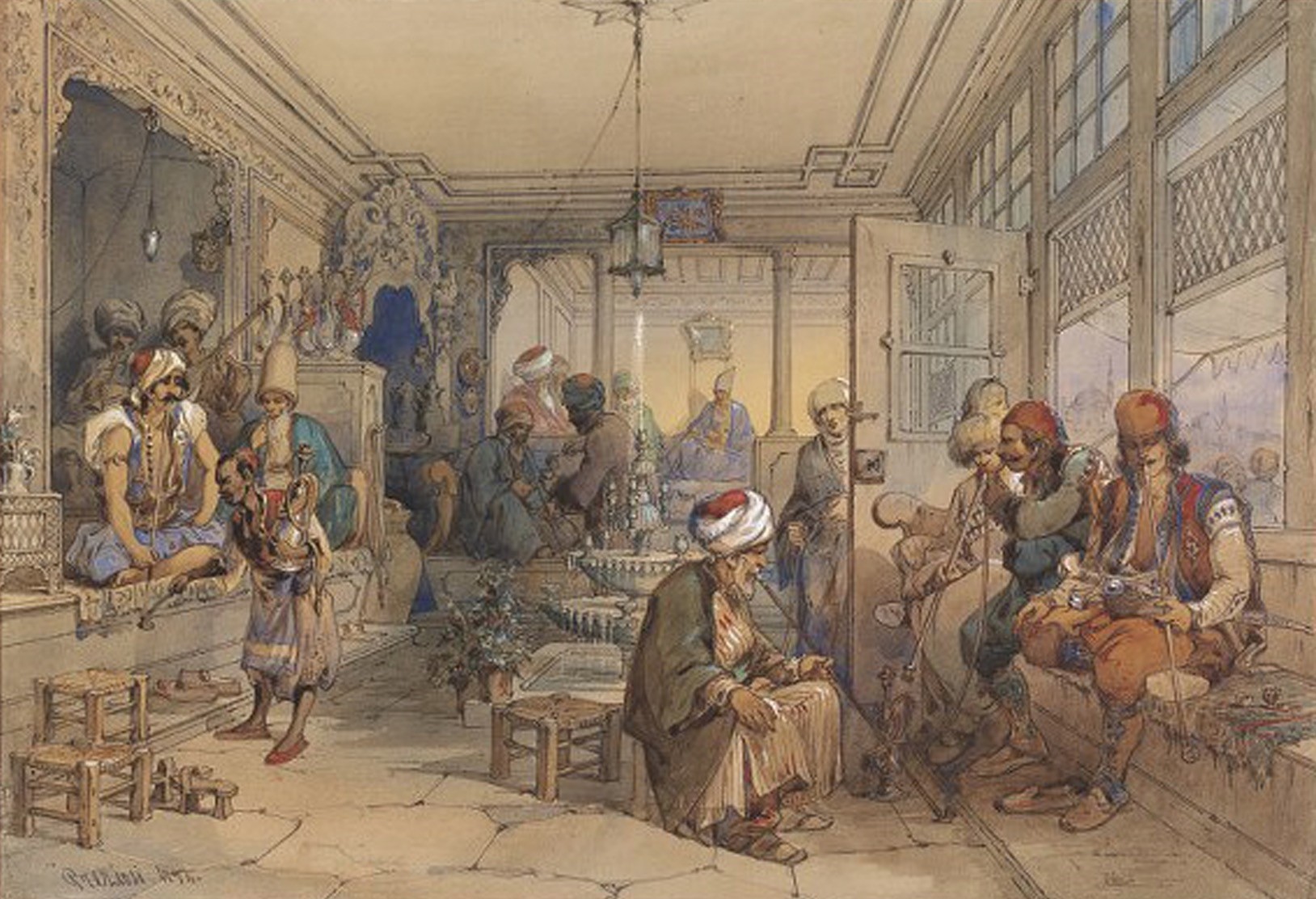History & Heritage
3.6.2023
From Yemen to Europe: the fascinating epic of coffee

Whether enjoyed in a busy café or sipped in the quiet of one’s own home, coffee is a cherished and indispensable part of daily life for millions of people around the world. But its rise is the result of a tale that involves trade routes, failed sieges, unmade diplomatic alliances, religion and, of course, the Arab world.
Yemen: the cradle of coffee
The beverage’s journey begins 700 years ago in the town of Mocha, Yemen. (Yes, the name of the Moka coffee is a derivative of the name of this city). It was here that coffee was first cultivated and sold after the plant was introduced to the southwestern Arabian Peninsula from the Horn of Africa, particularly Ethiopia. Yemen soon became the hub of the coffee trade for centuries. As the sympathomimetic effects of the drink became widely acknowledged, it became highly sought after in Yemen, then under Ottoman control.
Voir cette publication sur Instagram
Venetian merchants and the Ottoman Turks: the first coffee distributors
The drink was introduced to the Ottoman Empire in the early 16th century, during the reign of Sultan Suleiman the Magnificent, by Özdemir Pasha, the Ottoman governor of Yemen, who had become enamored of the drink while stationed in Arabia. The Ottoman court then established the position of the chief coffee maker or Kahvecibaşı, and it quickly became a popular drink among the ruling class. It was considered a sophisticated and exotic beverage, and coffee shops soon began to proliferate throughout the empire. More than just places to drink coffee, they were also centers of social and intellectual activity. Coffeehouses were known as kahvehane, and they quickly became popular gathering places for people from all walks of life. Kahvehane were seen as places of socialization, where people could escape the constraints of their daily lives and engage in free and open conversation.
Coffee’s reputation as a beverage with medicinal properties was already well-established when it reached Anatolia. Doctors extolled its ability to aid digestion, while scholars found it useful for staying awake during long hours of study. Having become so popular with the Turks, the drink eventually attracted the interest of European traders. Venetian merchants were among the first to import the drink from Anatolia, and by the end of the 16th century, it had become a fashionable drink in Italy. However, the drink was not without controversy. The Holy See in Rome condemned it as the “drink of the devil”, and it wasn’t until Pope Clement VIII gave his approval that coffee became explicitly permissible for European catholics to consume.

Coffeehouse in Vienna “Zu den blauen Flaschen”
Coffee: between war and diplomacy
Despite its mixed reputation, coffeehouses soon appeared throughout Europe. The first coffeehouse in Europe was founded in the 1640s in Venice, and over the next few decades, similar establishments sprang up across the continent. In France, coffee was introduced through diplomatic channels in the late 17th century by Süleyman Ağa, the emissary of the Sublime Porte during the reign of Mehmed IV. Upon his arrival in France in 1669, he offered several bags of coffee beans to King Louis XIV in the hope of forging an alliance with the French. This was the first time that coffee was introduced to the French royal court and high society.
At the time, coffee was still a relatively unknown beverage in France, but its popularity soon grew. The creation of the Café de Procope, the first café in Paris in 1672, helped spread the trend of its consumption among the population, and cafés soon became a place of intellectual and artistic exchange. The Café de Procope was a meeting place for French intellectuals, such as Voltaire, Diderot and Jean Le Rond d’Alembert, and was thus one of the fountains of the French revolution.
The failure of the siege of Vienna by the Turks in 1683, during the wars of the Holy League, proved to be a turning point in the history of the beverage. As the Ottoman army withdrew from the Austrian capital, they left behind bags of coffee beans. A Polish diplomat and spy by the name of Jerzy Franciszek Kulczycki obtained the beans and then opened one of the first coffee shops in Vienna. Legend says that Kulczycki then made the decision to add milk to the coffee, and the modern cappuccino was born. The name of the drink was inspired by the brown robes worn by Capuchin monks, called Kapuziner in German.

Jerzy Franciszek Kulczycki
As the popularity of coffee continued to grow, demand for coffee beans quickly outstripped Ethiopia’s ability to supply them via Yemen, prompting European powers to begin operating coffee plantations in their colonies, often farmed by slaves. By the mid-19th century, Brazil, a former Portuguese colony, had become the world’s largest exporter of coffee, and the drink had firmly established itself as an international commodity.
popular

